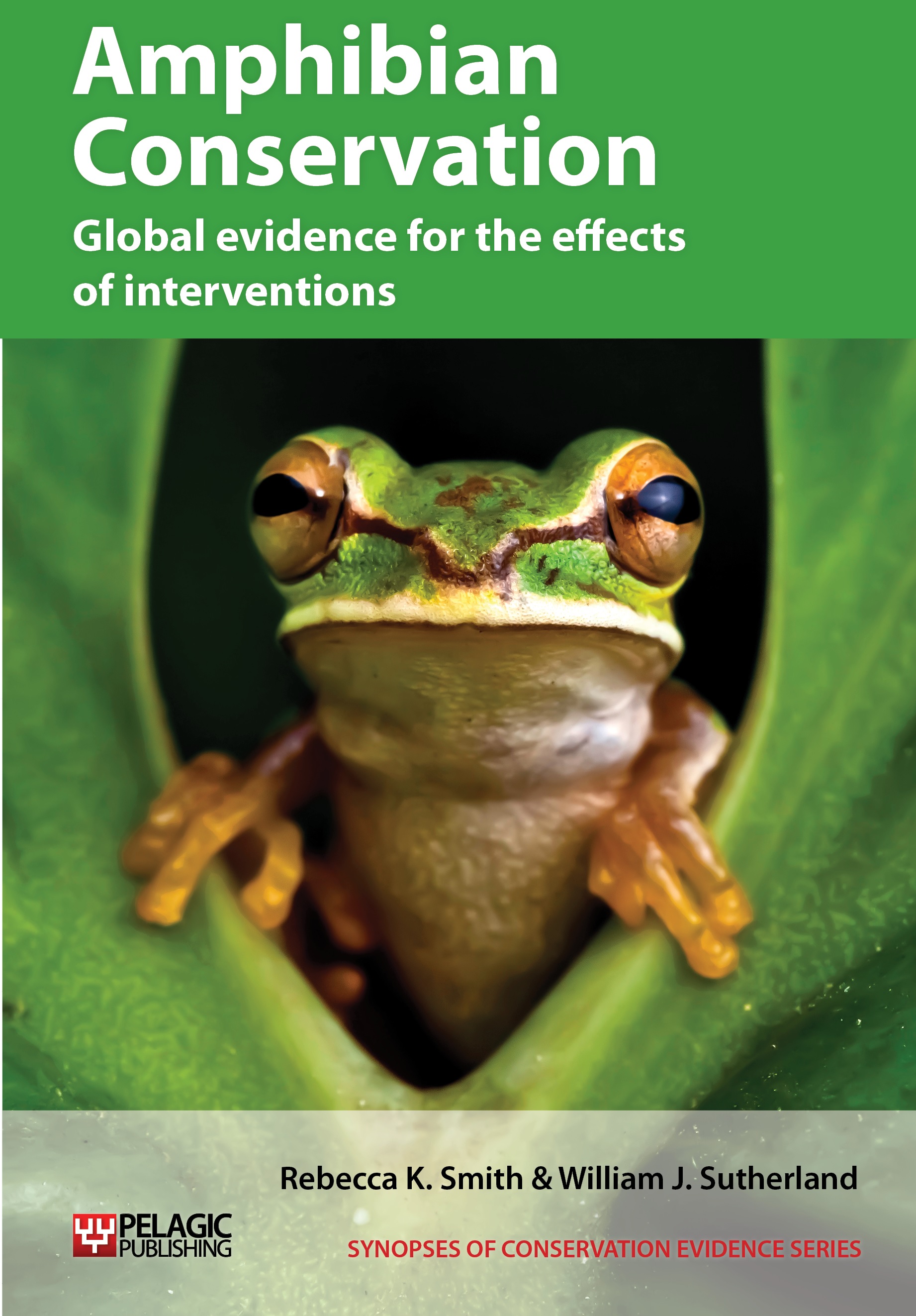Manage ditches
-
Overall effectiveness category Likely to be beneficial
-
Number of studies: 2
View assessment score
Hide assessment score
How is the evidence assessed?
-
Effectiveness
71% -
Certainty
60% -
Harms
0%
Study locations
Supporting evidence from individual studies
A replicated, site comparison study of 42 managed ditches within pasture in the Western Peat District of the Netherlands (Maes, Musters & De Snoo 2008) found that amphibian diversity and abundance was significantly higher in agri-environment scheme compared to conventionally managed ditches. Adult green frog Rana esculenta numbers in conventional ditches declined with distance from reserves; this was not the case in agri-environment scheme ditches. Farmers managing ditches under agri-environment schemes are encouraged to reduce grazing/mowing intensity and reduce fertilizer inputs compared to conventional management, and not to deposit mowing cuttings or sediments from ditch cleaning on the ditch banks. Monitoring was undertaken along 18 agri-environment and 24 conventionally managed ditches in April–July 2008. Ditches were perpendicular to eight nature reserve borders and monitoring was just inside reserves and at four distances from reserve borders (0–700 m). Three methods were used during each sampling period: five minute counts, 20 dip net samples and two overnight funnel traps.
Study and other actions testedA controlled, before-and-after study in 1999–2012 of seven ditches in pasture in Suffolk, UK (Beebee 2012) found that common toad Bufo bufo numbers increased after restoring ditch management. Numbers of adults counted three to seven years after management (after 3–4 years toad maturation) were significantly higher than in the subsequent five years once management ceased (563 vs 245). The year after ditch clearance, large numbers of tadpoles were seen and toadlets increased from 10s–100s to 1,000s in one of the dredged ditches. In comparison, highly vegetated unmanaged ditches supported few or no tadpoles through to metamorphosis. Ditch management including dredging was undertaken in five of seven ditches in 1999. Monitoring was undertaken three times in March by eggs counts, torchlight surveys, netting ditches and counting breeding adults.
Study and other actions tested
Where has this evidence come from?
List of journals searched by synopsis
All the journals searched for all synopses
This Action forms part of the Action Synopsis:
Amphibian Conservation
Amphibian Conservation - Published 2014
Amphibian Synopsis





)_2023.JPG)














